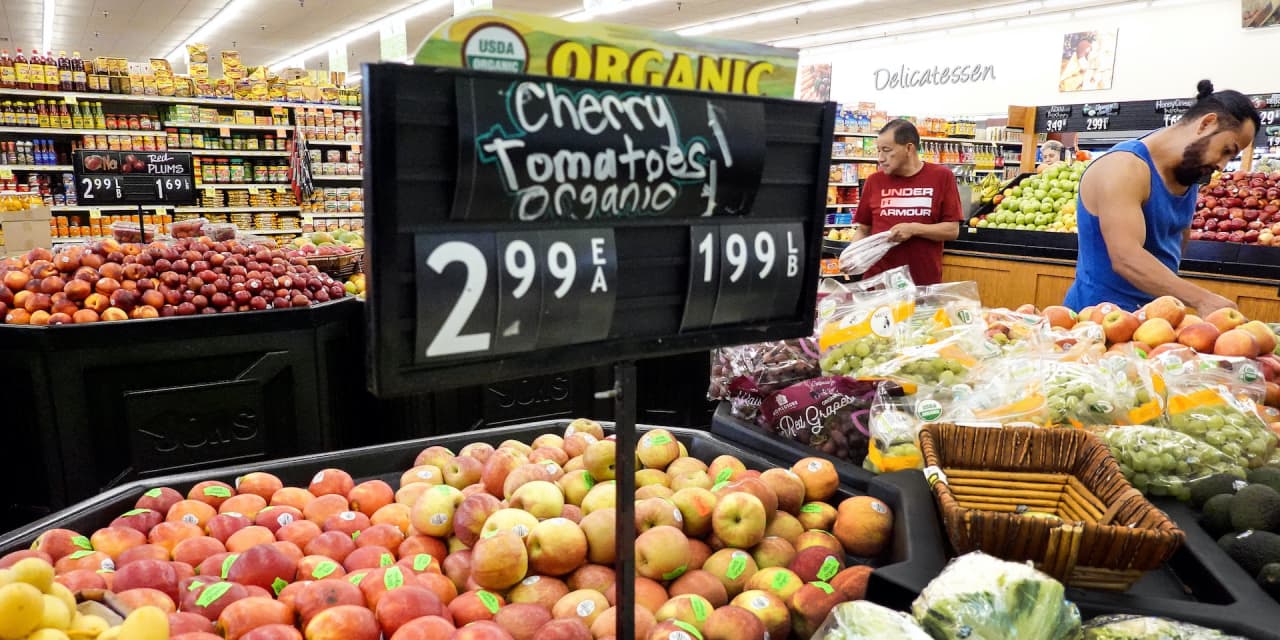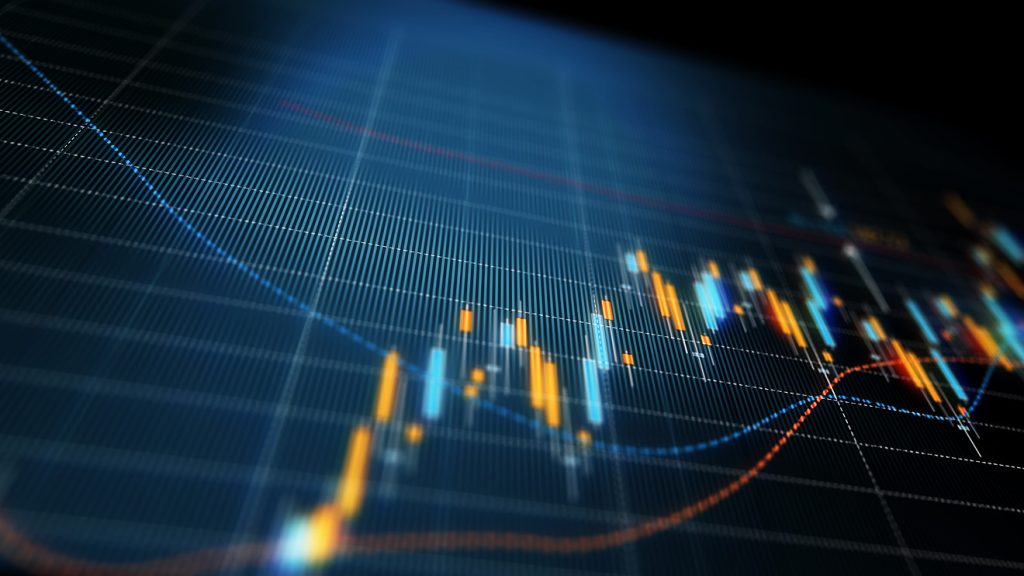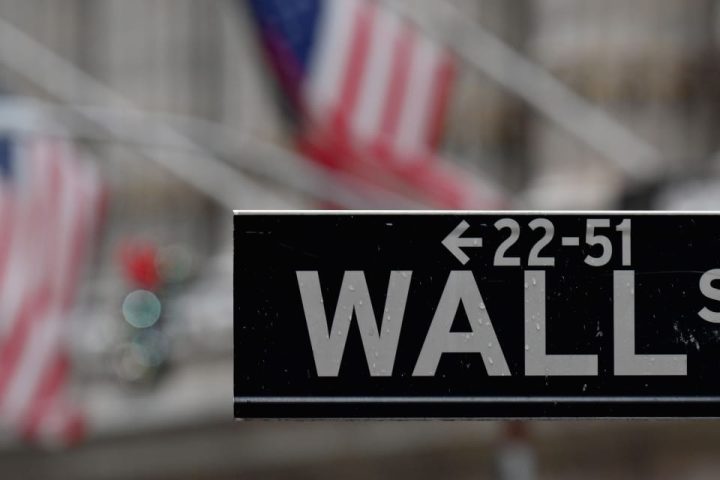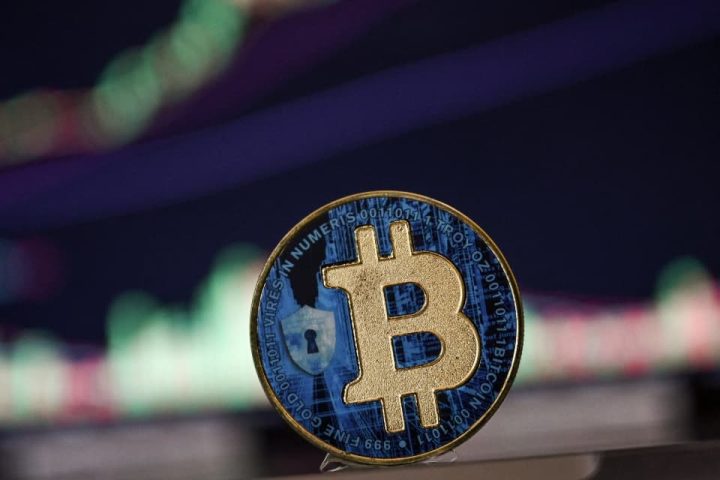This article is reprinted by permission from NerdWallet.
Price increases are slowing down since inflation peaked in June 2022, at 9.1%. In fact, data released today from the Department of Labor shows its consumer price index — a proxy for inflation — remained flat from September to October, at 3.2%.
And while it may not feel like costs are coming down when you check out at the grocery store, for some goods and services, prices are actually decreasing.
Key context
- While inflation measures the rate of price increases, deflation is the opposite — it measures the rate of price decreases.
- Deflation is definitely not the norm among the goods and services assessed in the CPI.
- There are outliers, though. Most of the price categories that have seen deflation relative to a year ago are in goods, not services.
- But some services, like health insurance, have seen a dramatic price drop.
Read more: What is deflation? It’s not a one-time price discount — and it’s not something to cheer, economists say
What prices have deflated since last year?
The most recent CPI report shows year-over-year price index drops in 92 goods and services categories (among 338 measured). Here are some of the biggest drops among foods, other goods and services.
Foods:
- Eggs: -22.2%
- Lettuce: -4.5%
- Apples: -3.9%
- Butter: -3.7%
- Fresh fish and seafood: -3.6%
Other goods:
- Fuel oil and other fuels: -17.1%
- Smartphones: -12%
- Laundry equipment: -10.9%
- Televisions: -9.4%
- Computer software and accessories: -8.5%
Services:
- Health insurance: -34%
- Airline fares: -13.2%
- Car and truck rental: -9.6%
- Public transportation: -8.9%
- Medical care services: -2%
Related: Average Thanksgiving dinner cost drops to $61 thanks to cheaper turkeys and cranberries
What happens next?
- High prices most directly impact consumers through their everyday purchases.
- The Federal Reserve also watches inflation data closely to determine interest rate hikes, which impact the price of borrowing for things like cars and homes.
- The Fed has paused rate hikes just three times since March 2022 in its efforts to battle inflation.
- Consumer spending is one factor — though not the only one — driving inflation. And that spending remains higher than usual, according to the latest personal consumption expenditures (PCE) data released on Oct. 27 by the Bureau of Economic Analysis.
- If consumer spending continues to increase, it could push the Fed to raise interest rates further. Continually rising interest rates would make borrowing even more difficult and could prevent opportunities for many consumers to build wealth through homeownership.
- If consumer spending declines, it could lead, once again, to concerns about a recession, which have otherwise largely dissipated.
Read: Investors are thrilled inflation is down. Consumers aren’t so happy. Here’s why.
What do Americans predict for inflation?
- A recent University of Michigan poll found inflation expectations remain high among Americans surveyed: Most believe costs will increase 4.4% over the next year and 3.2% in the next five to 10 years.
- The current expectation levels are the highest since April and hover well above expectations seen in the two years prior to the pandemic.
More From NerdWallet
Anna Helhoski writes for NerdWallet. Email: [email protected]. Twitter: @AnnaHelhoski.
Read the full article here







